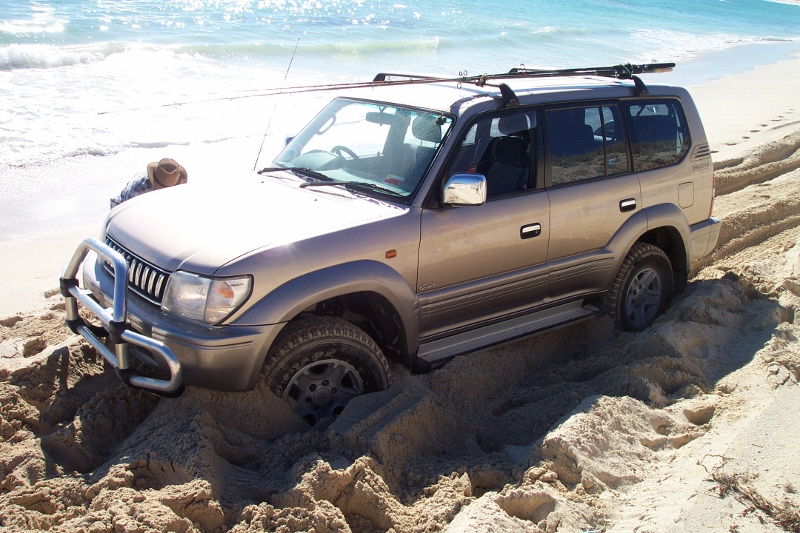Oh, and for anyone who thinks @divemedic is providing his own mathematical arguments, he literally is directly copying and pasting from "Outback Joe's" website while criticizing "Chaz at jeep parts r us."
Ridiculous.

Why Wide Tyres Don’t Help In Sand
Why You Shouldn’t Support Mandatory Vaccinations Last updated 25/08/2020 Click here for an article on how to drive in sand On the surface it seems like a reasonable assumption that wide tyres or &…outbackjoe.com
I did, as people are more likely to read the post vs follow a link.
I also changed metre to meter, and removed hyperlinks.
I did this for readability not to take credit. I do concede this to be plagiarism, however that is not the intent.
